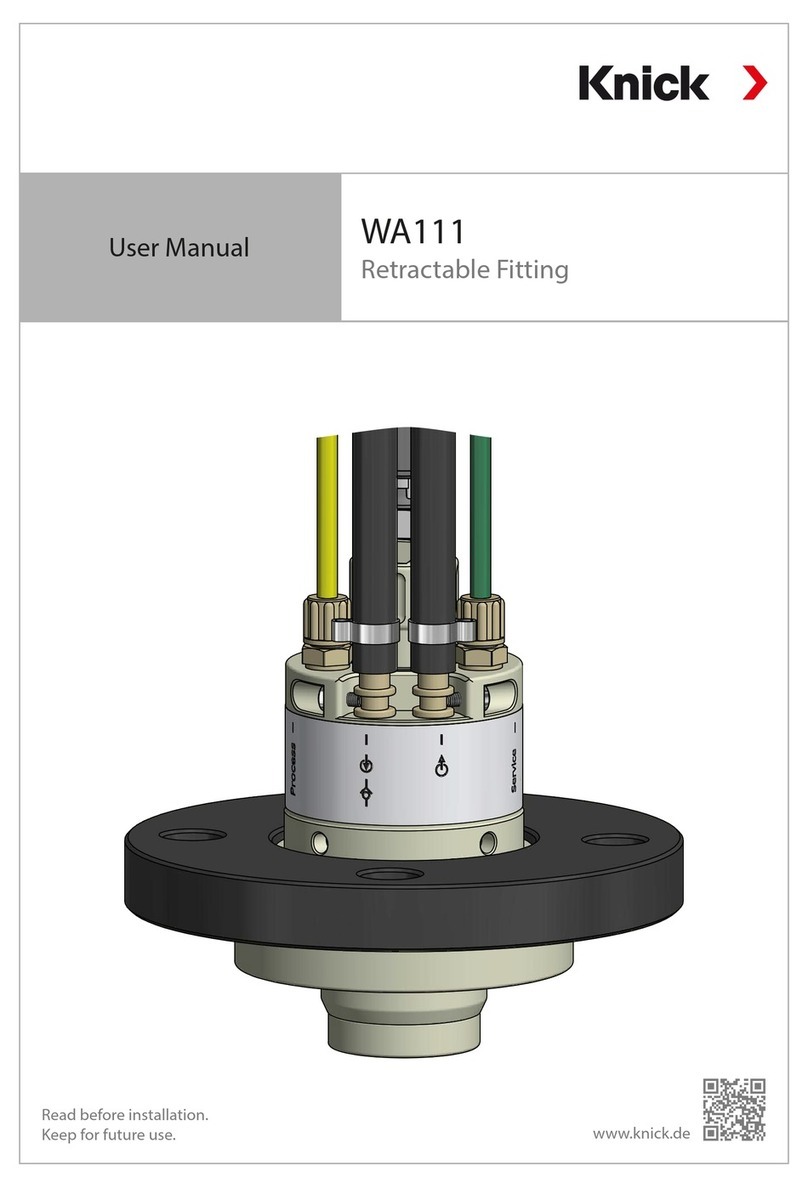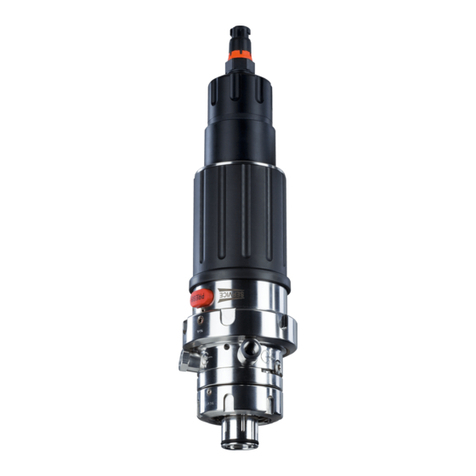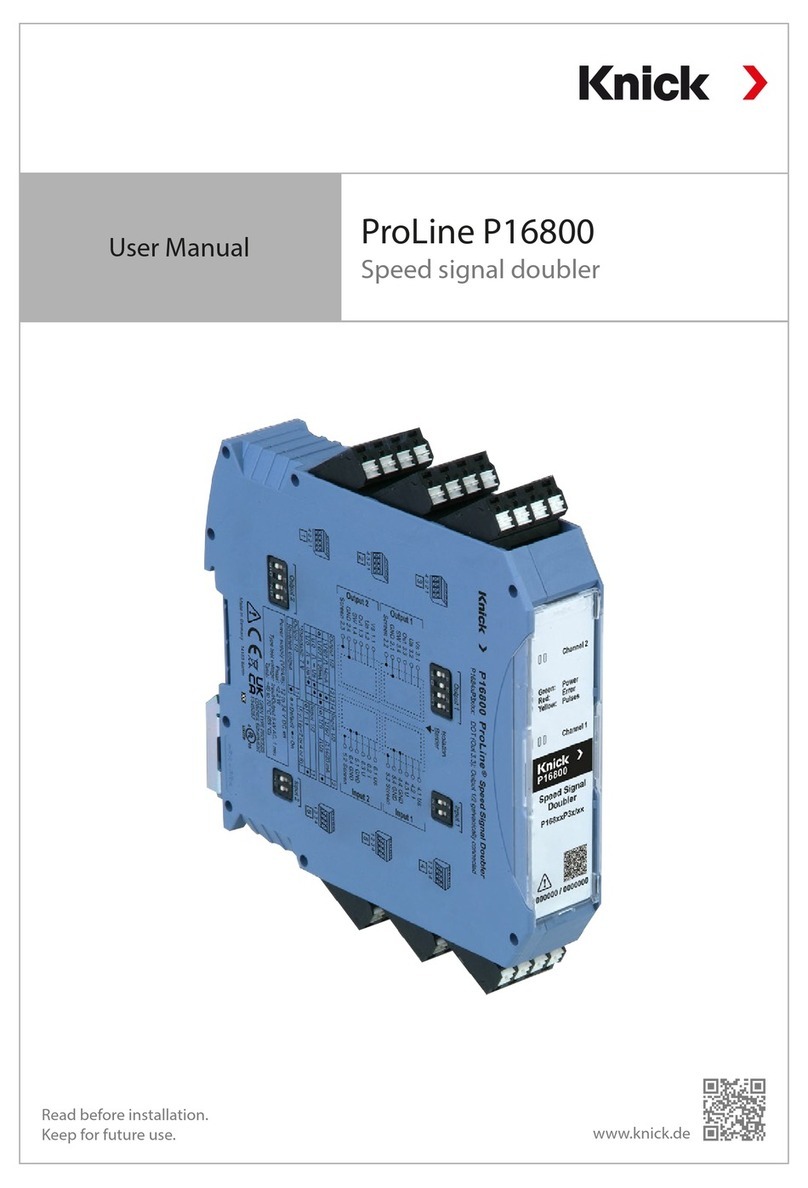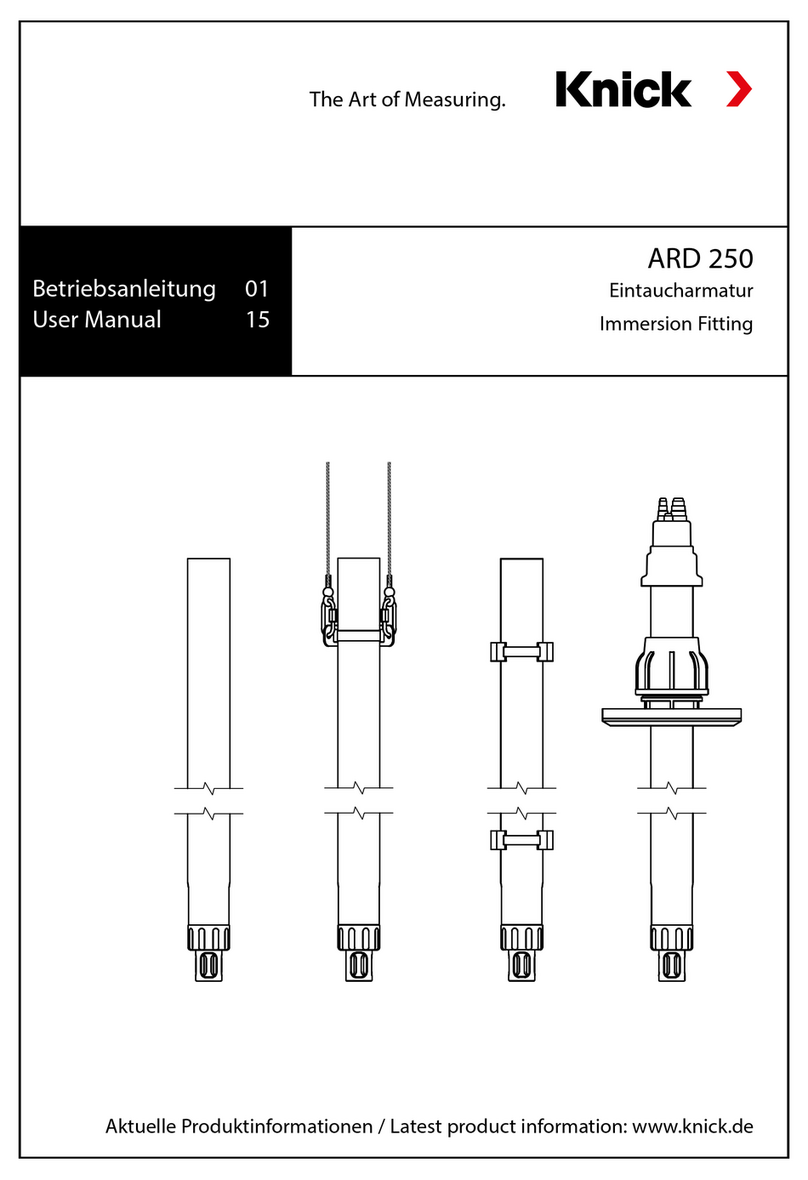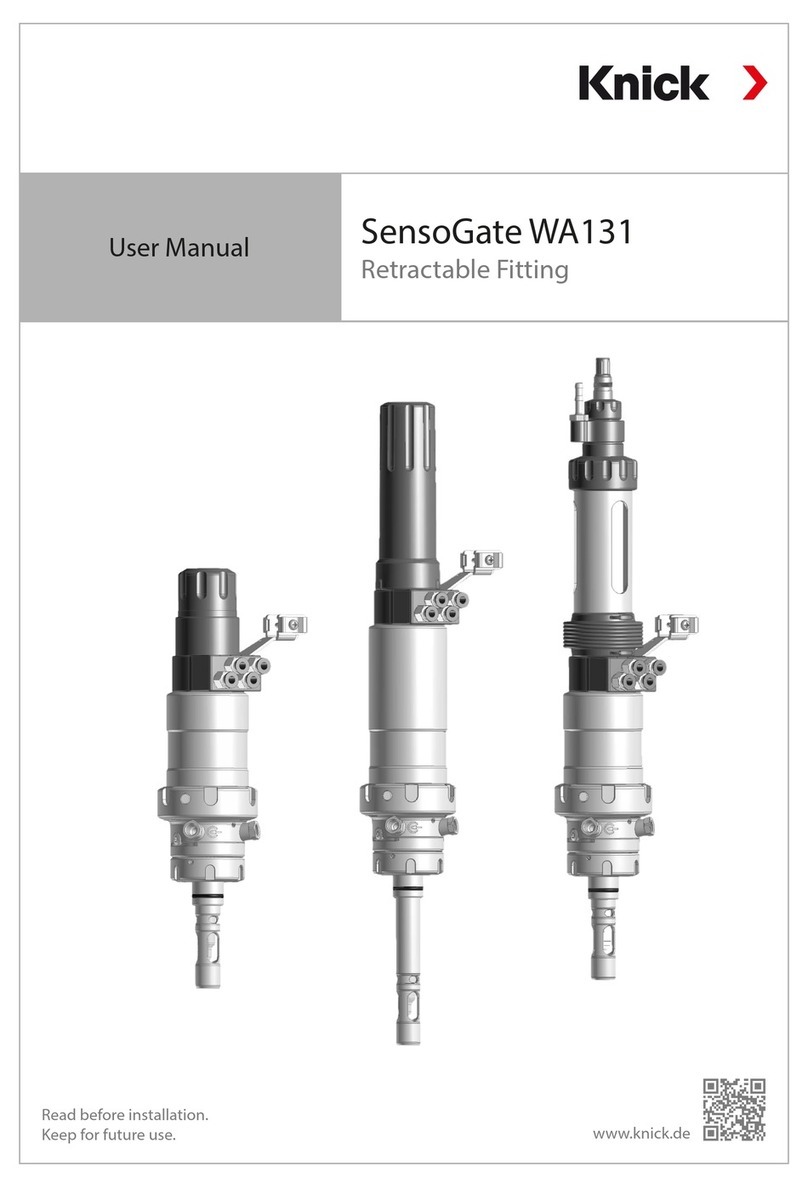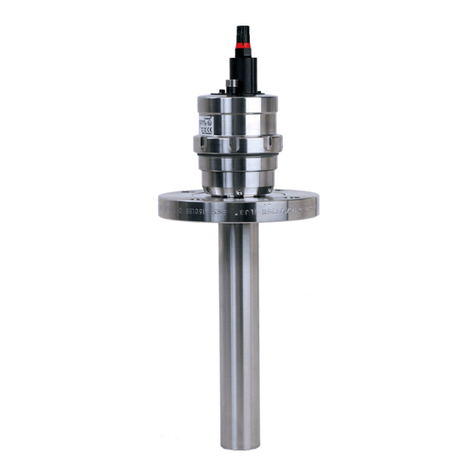
9
WA 153-
Flange, loose, 1.4571, PN40, DN 150
Flange, loose, 1.4571, PN40, DN 200
Dairy pipe DN 50
Dairy pipe DN 65
Dairy pipe DN 80
Dairy pipe DN 100
Flange, loose, ANSI 316,150 lbs, 2”
Flange, loose, ANSI 316, 150 lbs, 2 1/2”
Flange, loose, ANSI 316, 150 lbs, 3”
Flange, loose, ANSI 316, 150 lbs, 3.5”
Flange, loose, ANSI 316, 150 lbs, 4”
Flange, loose, ANSI 316, 150 lbs, 5”
Flange, loose, ANSI 316, 150 lbs, 6”
Flange, loose, ANSI 316, 300 lbs, 2”
Flange, loose, ANSI 316, 300 lbs, 2 1/2”
Flange, loose, ANSI 316, 300 lbs, 3”
Flange, loose, ANSI 316, 300 lbs, 3.5”
Flange, loose, ANSI 316, 300 lbs, 4”
Flange, loose, ANSI 316, 300 lbs, 5”
Flange, loose, ANSI 316, 300 lbs, 6”
G2 1/4 for ARF210/215 K 8
Clamp 2.5" J 3
Clamp DN 50, DIN 32676 J H
BioControl, 1.4404, DN 65 L 2
Varivent 1.4404 (from DN 50) V 1
Probe guard Without
With, version 1
Special version Without
Equipped with special grease (provided by customer)
Sensor protection tube for optical sensor (Hellma) with Ø12 mm
and additional anti-twist protection for the sensor cables,
rotating adapter 1/2”/PG13.5 (according to drawing)
Customer-specific special datasheet
Sensor protection tube for opt. sensor with Ø12 mm or 1/2” (12.7 mm)
and additional anti-twist protection for the sensor cables,
rotating adapter Ø12 mm (1/2”)/PG13.5 (according to drawing) J
Ceramat, inlet and outlet made of 1.4404 K
Entries shown in italics are special options, delivery time on request
Product Coding
